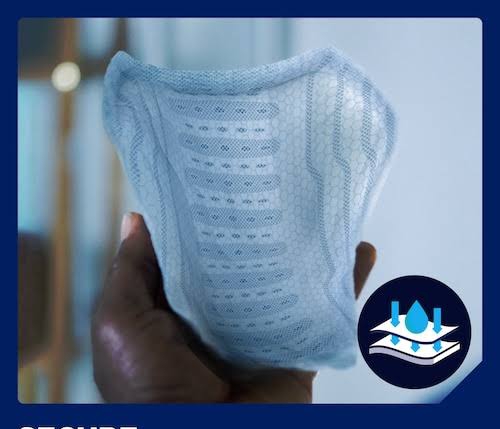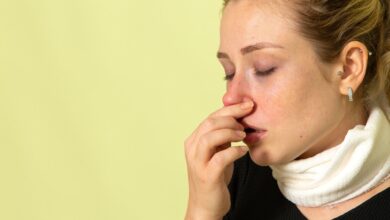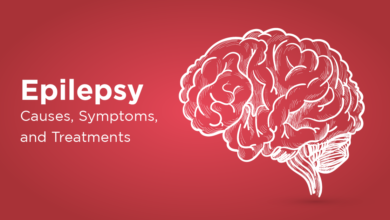Comprehensive Guide to Men’s Incontinence Protection Options

Key Takeaways
- Men’s incontinence is a common issue affecting many individuals globally.
- Understanding the types and causes can lead to effective management.
- Various protective solutions are available to suit different needs.
- Innovations in product design offer more comfortable and practical options.
- Lifestyle changes and emotional support are crucial for overall well-being.
Introduction to Men’s Incontinence
Men’s incontinence, frequently shamed, is a health issue that affects the lives of countless men globally. It’s a challenge that affects everyone, regardless of age or lifestyle, although it becomes more common as people age. Symptoms range significantly from slight leakage to total loss of bladder control. Although common, numerous men endure quietly, reluctant to ask for assistance because of shame or misunderstandings. Fortunately, innumerable men’s incontinence protection options allow individuals to manage their symptoms effectively and discreetly, helping them retain their quality of life. Gaining a clear understanding of what incontinence encompasses paves the way for appropriate management. Bringing this topic into the limelight for better awareness and acceptance is crucial, encouraging more open discussions among those affected.
Recognizing the Types of Incontinence
In men, incontinence can manifest in various ways, with each type needing a unique treatment approach. Stress incontinence happens during actions that pressure the bladder, like coughing, sneezing, or working out, resulting in unintentional leakage. This is often related to the weakening of pelvic floor muscles. Conversely, urge incontinence, marked by a sudden and intense need to urinate accompanied by involuntary leakage, might be associated with an overactive bladder. Overflow incontinence is characterized by the bladder’s failure to empty correctly, leading to frequent or continuous leakage of urine. Every type poses challenges and solutions, making it essential to diagnose the correct type for effective management accurately.
Factors Contributing to Men’s Incontinence
Several factors increase the risk of developing incontinence in men. Aging is a significant factor, as muscles and bladder capacity naturally decline. Medical conditions, such as prostate enlargement, diabetes, and Parkinson’s disease, can also play a role. Furthermore, lifestyle choices such as smoking and consuming caffeine or alcohol exacerbate the condition. Understanding these factors can lead to preventative strategies and bespoke management plans tailored to individual needs. By mitigating some of these contributing elements, men can potentially reduce the severity or onset of incontinence.
Protective Solutions Available
Tackling incontinence begins with selecting the appropriate protective option. The market provides numerous choices, each addressing various degrees of incontinence and lifestyle requirements. Designed for light to moderate incontinence, pads, and guards clip onto underwear and provide discreet protection. Protective undergarments, similar to ordinary underwear, offer a mix of comfort and practicality, making them ideal for daily wear. Meanwhile, adult diapers, designed for severe incontinence, provide full coverage, preventing leaks even at night.
The availability of different options empowers men to select products that effectively address their incontinence and fit seamlessly into their daily routines.
Choosing the Right Product for Your Needs
When selecting an incontinence product, consider factors like the severity of symptoms, personal comfort, and lifestyle compatibility. Absorbency is crucial; you want a product that can handle your needs without frequent changes. Additionally, the material can impact comfort and breathability, influencing your overall satisfaction with the product. Products have become more advanced, offering features like odor control and discreet designs that help maintain confidence in social situations. Aligning your choice with these elements ensures effective management and peace of mind.
Innovations in Incontinence Products
The burgeoning field of incontinence product design has seen noteworthy advancements aimed at improving user comfort and effectiveness. Integrating cutting-edge materials means modern products are lighter, more absorbent, and less bulky than ever before. Features like antimicrobial fabrics prevent odor and bacterial growth, enhancing hygiene and comfort. The development of easy-to-use and discreet packaging allows men to carry these products without the fear of being noticed. Moreover, recent innovations in incontinence technologies continue to push boundaries, promising even more sophisticated solutions shortly.
Keeping abreast of these advancements allows individuals to make educated choices that suit their evolving needs, ensuring access to the best available care.
Additional Management Techniques
Beyond the necessary protective measures, supplemental strategies can significantly aid in managing incontinence. Regular pelvic floor exercises, such as Kegels, strengthen the muscles that control urination, reducing symptoms over time. Dietary adjustments can also be supportive; cutting back on caffeine and alcohol, both of which can irritate the bladder, is beneficial. Continence training and scheduled bathroom visits help retrain the bladder to function more predictably, offering substantial relief.
When employed consistently, these strategies can complement protective products and enhance overall management, significantly improving quality of life.
The Emotional and Social Impact
Incontinence involves more than just physical symptoms; it can also result in significant emotional and social consequences. The fear of experiencing accidents may cause anxiety, which can negatively impact self-esteem and lead individuals to avoid social situations.
It is crucial to tackle these psychological impacts as a component of a holistic management strategy. Engaging in open discussions with healthcare providers, counselors, or support groups may alleviate feelings of isolation.



